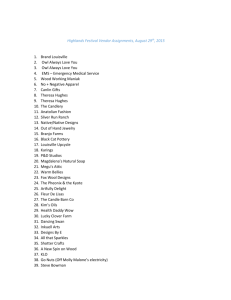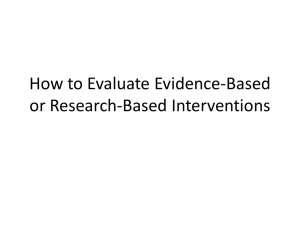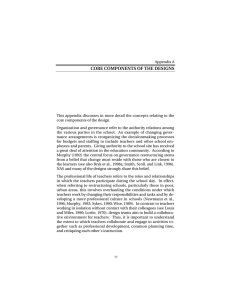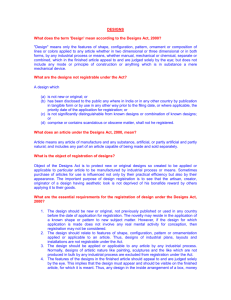evaluating complex programs
advertisement
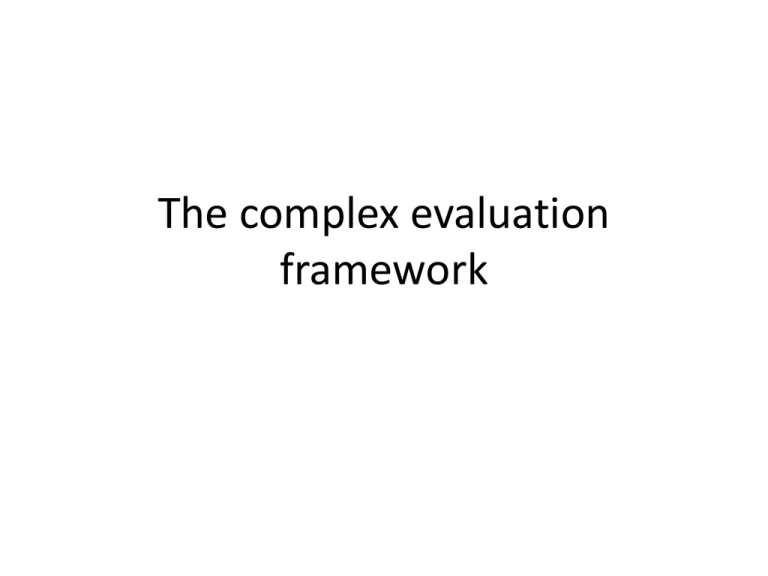
The complex evaluation framework Simple projects, complicated programs and complex development interventions Large, complex Complex interventions Complicated programs Small, simple Simple projects • country-led planning and evaluation • Non linear • Many components or services • Often covers whole country • Multiple and broad objectives • May provide budget support with no clear definition of scope or services • multiple donors and agencies • context is critical • May include a number of projects and wider scope • Often involves several blueprint approaches • Defined objectives but often broader and less precise and harder to measure • Often not time-bound • Context important • multiple donors and national agencies • • • • • • “blue print” producing standardized product relatively linear Limited number of services Time-bound defined and often small target population Defined objectives 2 The Special Challenges of Assessing Outcomes for Complex Programs 1. Most conventional impact evaluation designs cannot be applied to evaluating complex programs 2. No clearly defined activities or objectives – General budget and technical support integrated into broader government programs – Multiple activities – Target populations not clearly defined – Time-lines may not be clearly defined 3 Special challenges continued 3. Multiple actors 4. No baseline data 5. Difficult to define a conventional comparison group Alternative approaches for defining the counterfactual for complex interventions 1. Theory driven evaluation 3. Quantitative approaches 4. Qualitative approaches 5. Mixed method designs 6. Rating scales 7. Integrated strategies for strengthening the evaluation designs 5 STRATEGIES FOR EVALUATING COMPLEX PROGRAMS Counterfactual designs • Attribution analysis • Contribution analysis • Substitution analysis Theorybased approaches Qualitative approaches Quantitative approaches Mixed method designs Rating scales strengthening alternative counterfactuals • “Unpacking complex programs” • Portfolio analysis •Reconstructing baseline data • Creative use of secondary data • Secondary data •Triangulation Estimating impacts The valueadded of agency X Net increase in resources for a program














